No man is lonely while eating spaghetti: It requires so much attention. — Christopher Marley
When I attended the Massachusetts Poetry Festival recently, I took a class on writing poetry about food. I’m off to Italy soon. What else did you think would happen?
‘Talian Food
I would not eat the sauteed eel
Not the calamari, not the scungil’
I never knew why clams were food
And oysters never seemed that good
Mackerel, a dark and oily fish,
Like trippa, never graced my dish
What kind of ‘talian can I be
when slimy things repulses me?
I crave the pasta, fichi, rice
And melanzane’s always nice
Gorgonzola makes me happy
While nociola turns me sappy
Blood orange juice is great to start
A day at the porchetta cart
Rich prosciutto, macchiato
You eat slime — I’d rather not-o.
Buon viaggio!
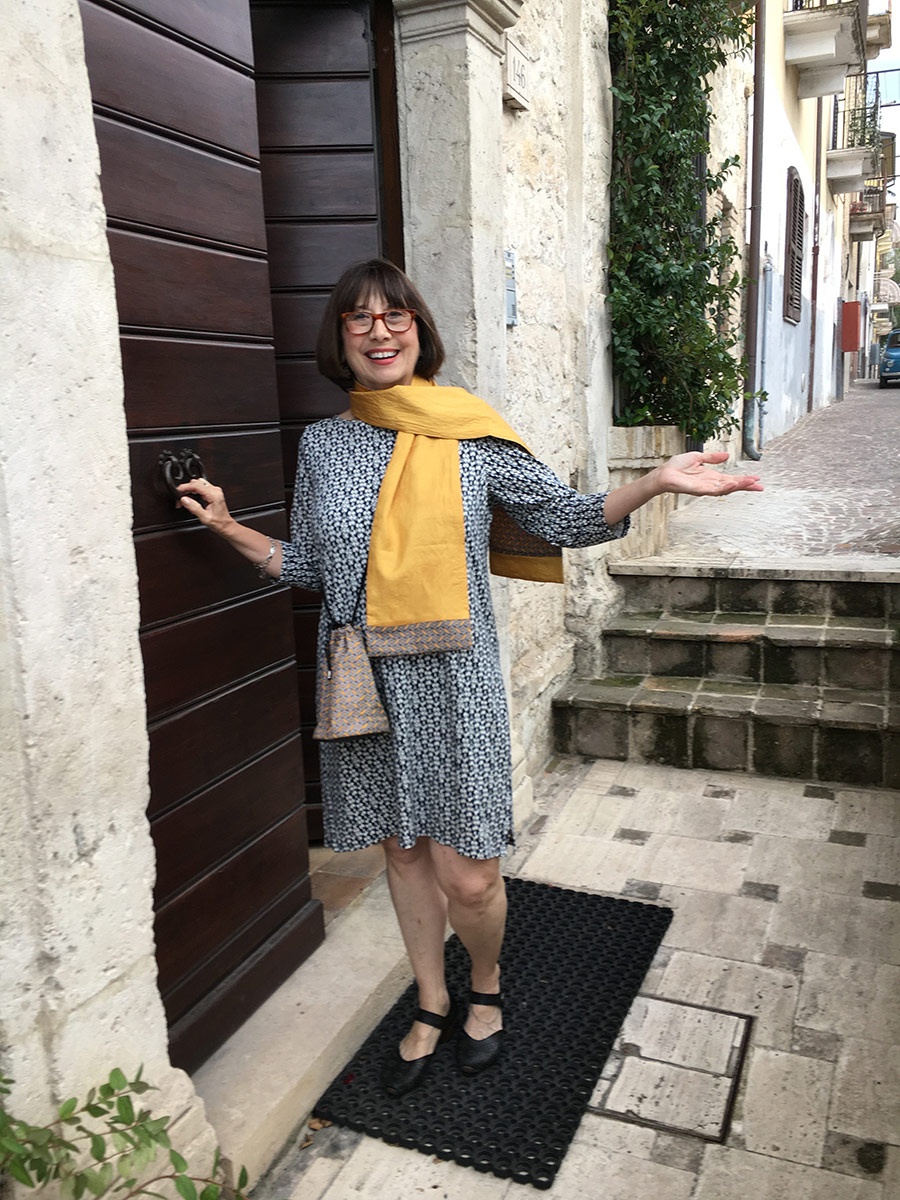
Linda Dini Jenkins is a card-carrying Italophile, travel planner, freelance writer, and amateur photographer. Travel is her passion, so writing about her travels just comes naturally. She hopes all her travelers find a way to express their joys, surprises, and fears as they travel and gives every traveler a nifty journal to help smooth the way. Learn more…
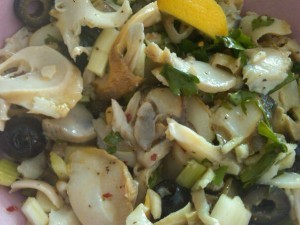
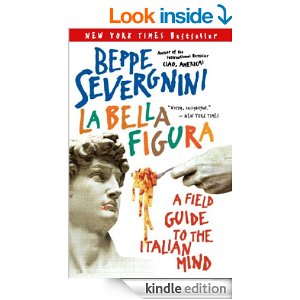
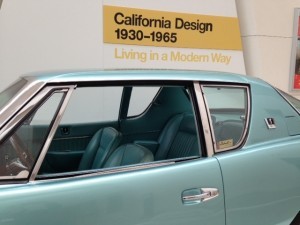
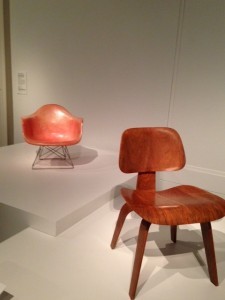
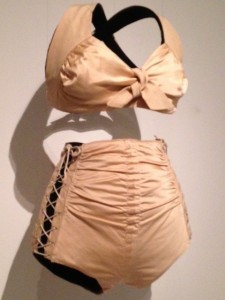
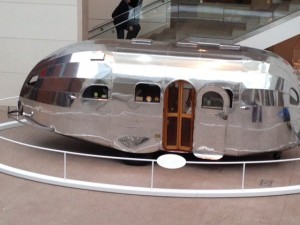
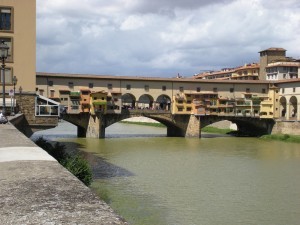
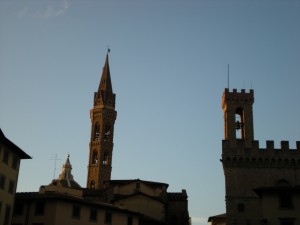
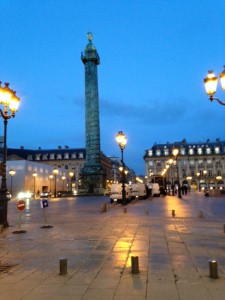
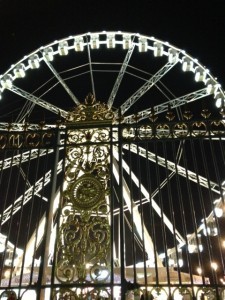
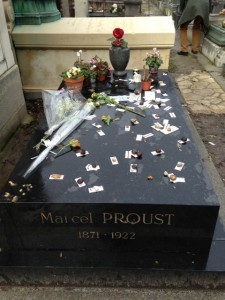

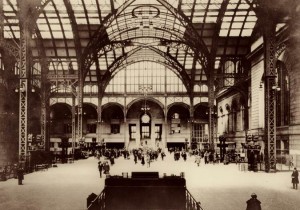
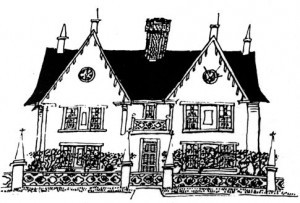
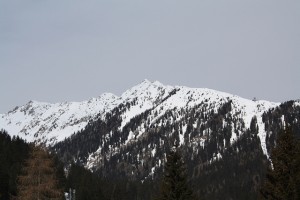
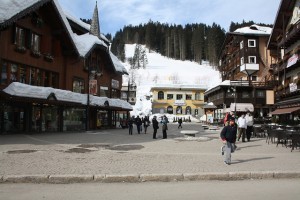
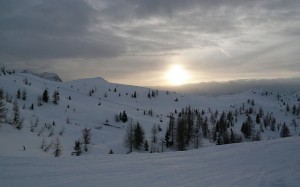
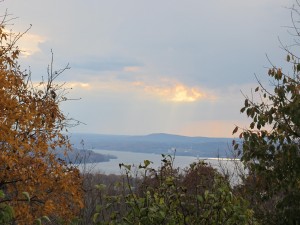
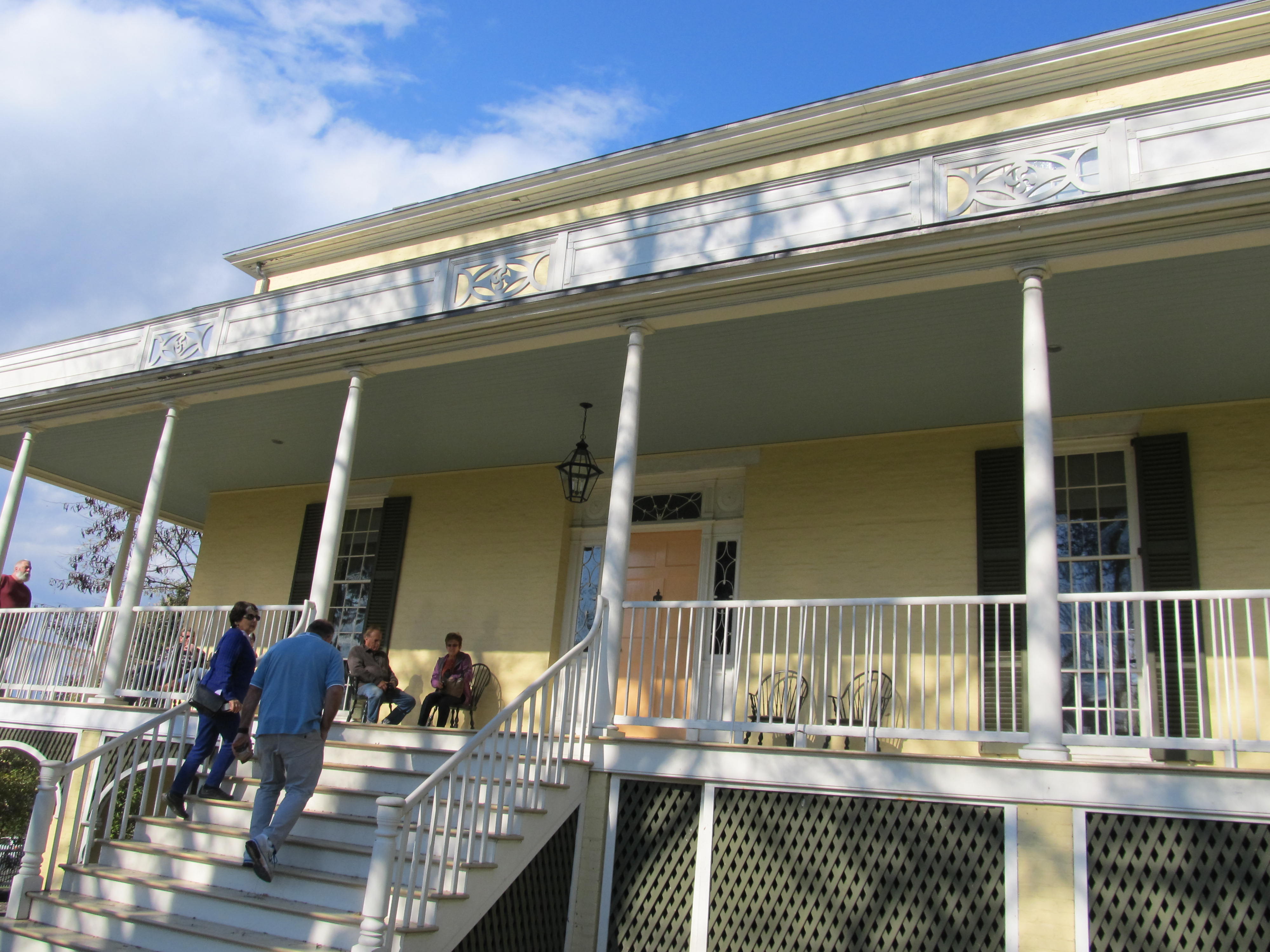
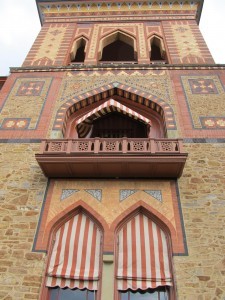
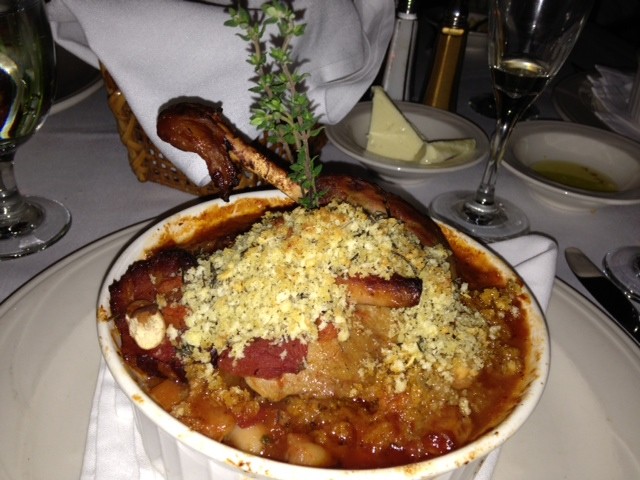

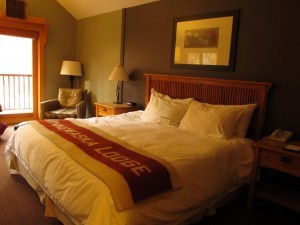
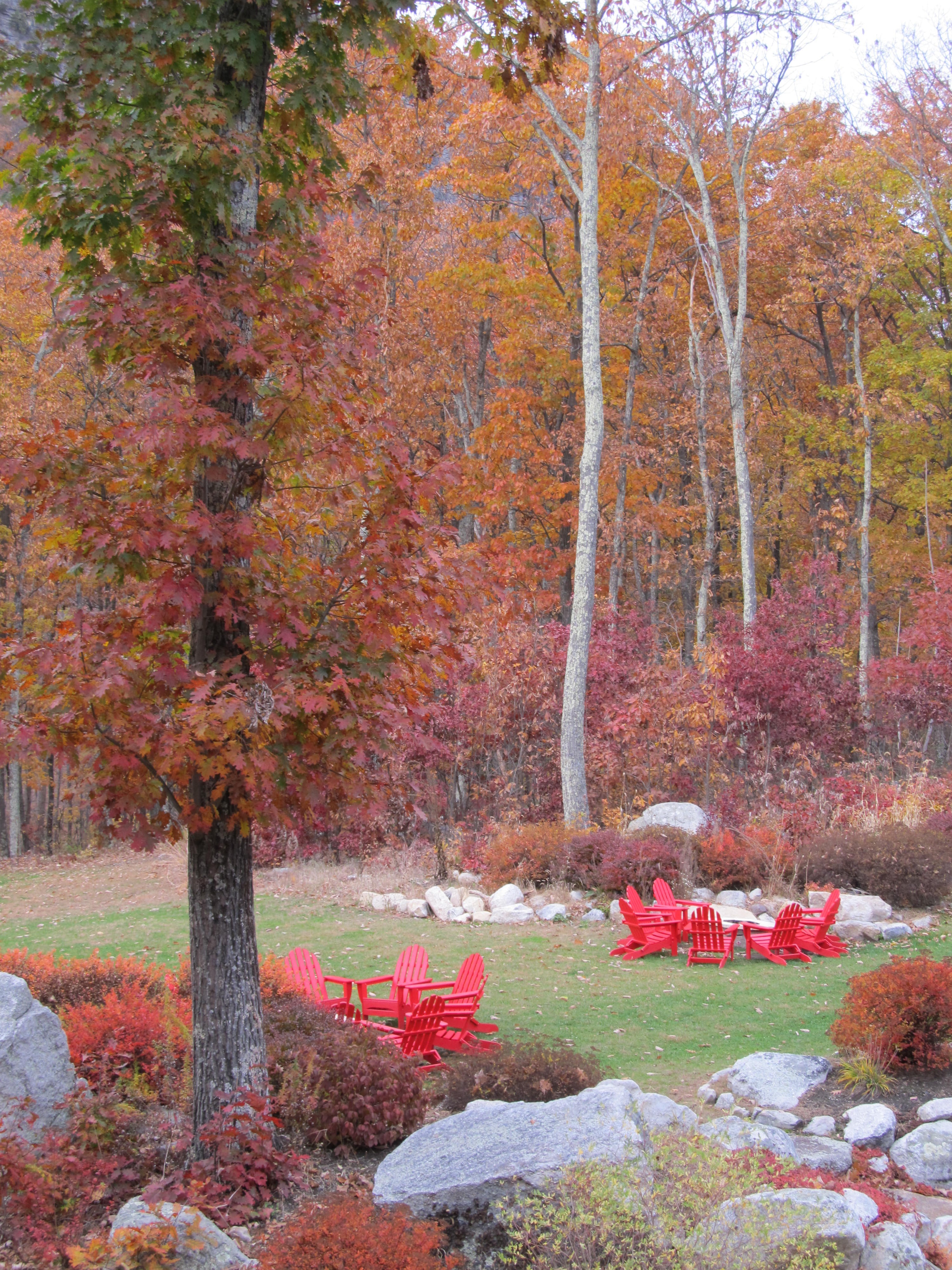
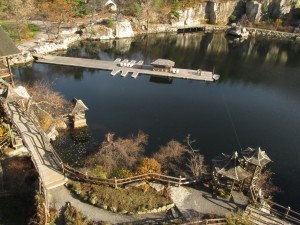
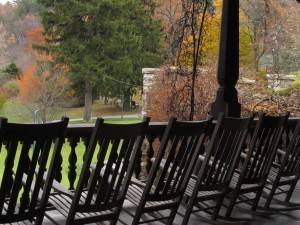
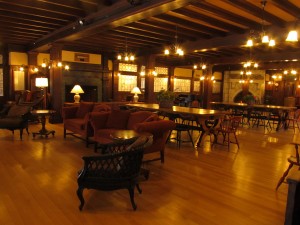
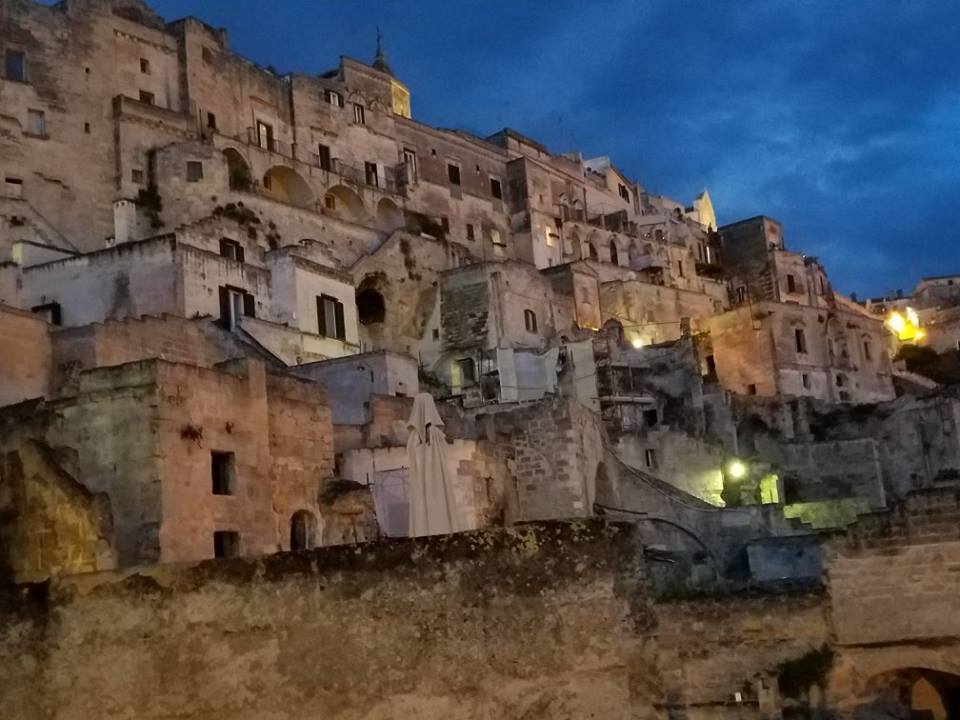
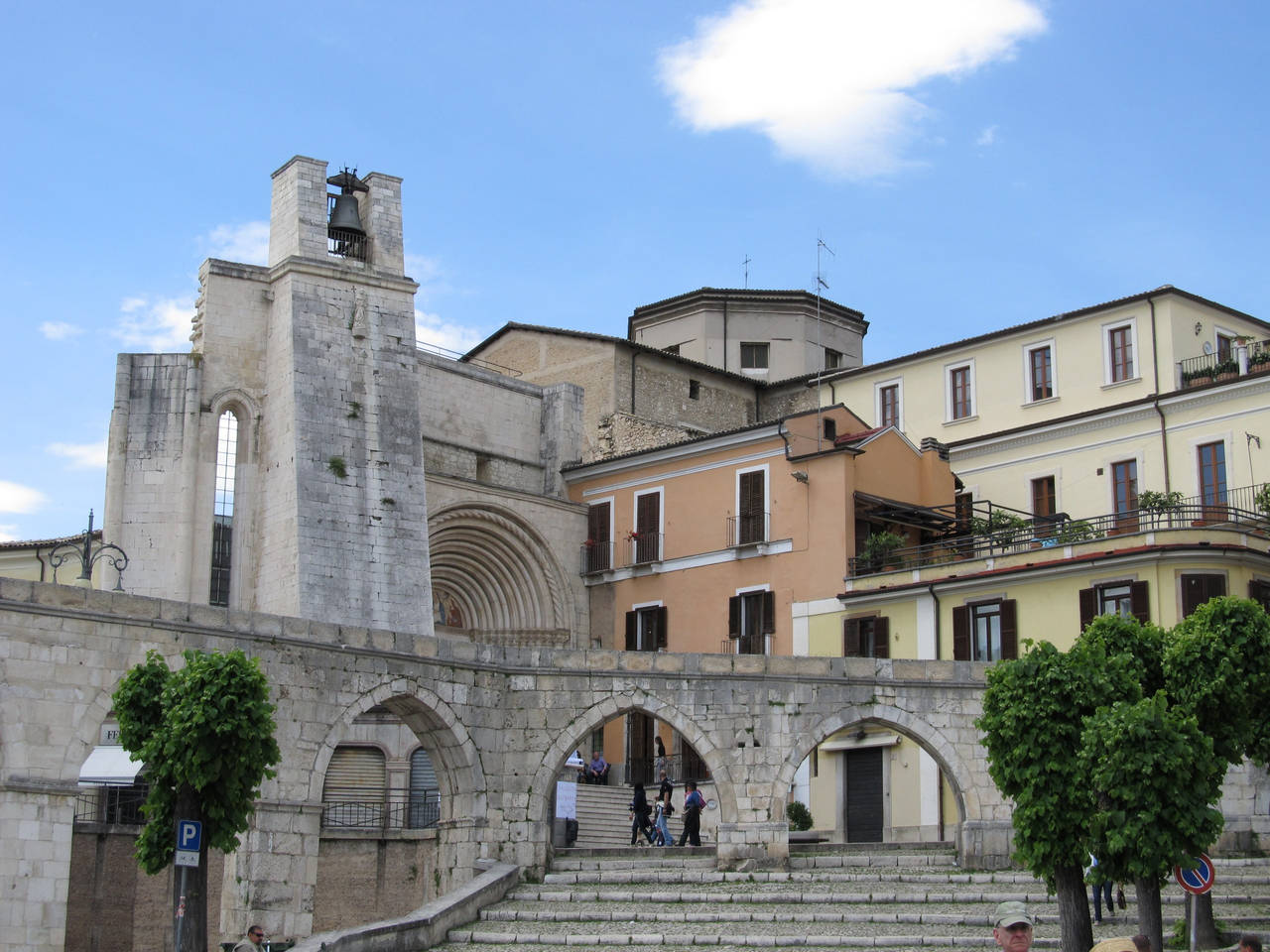

Recent Comments